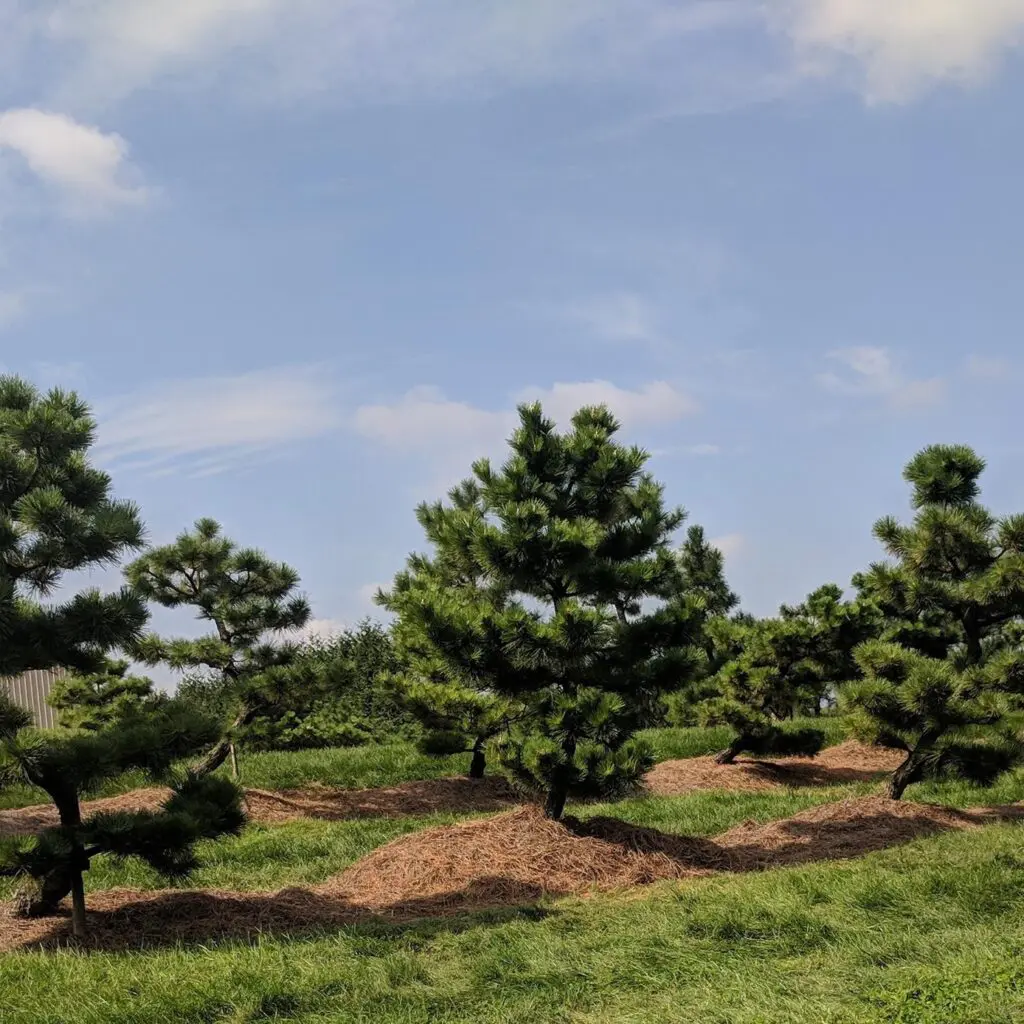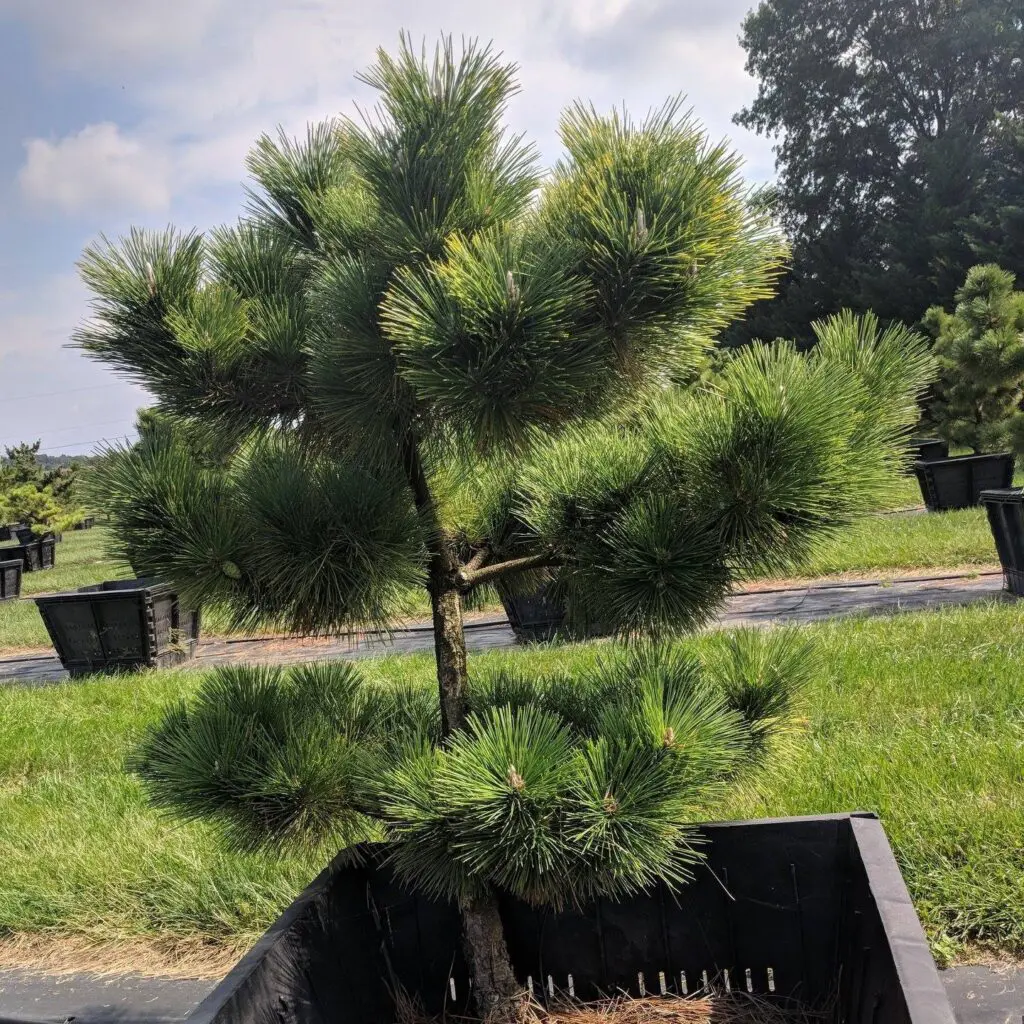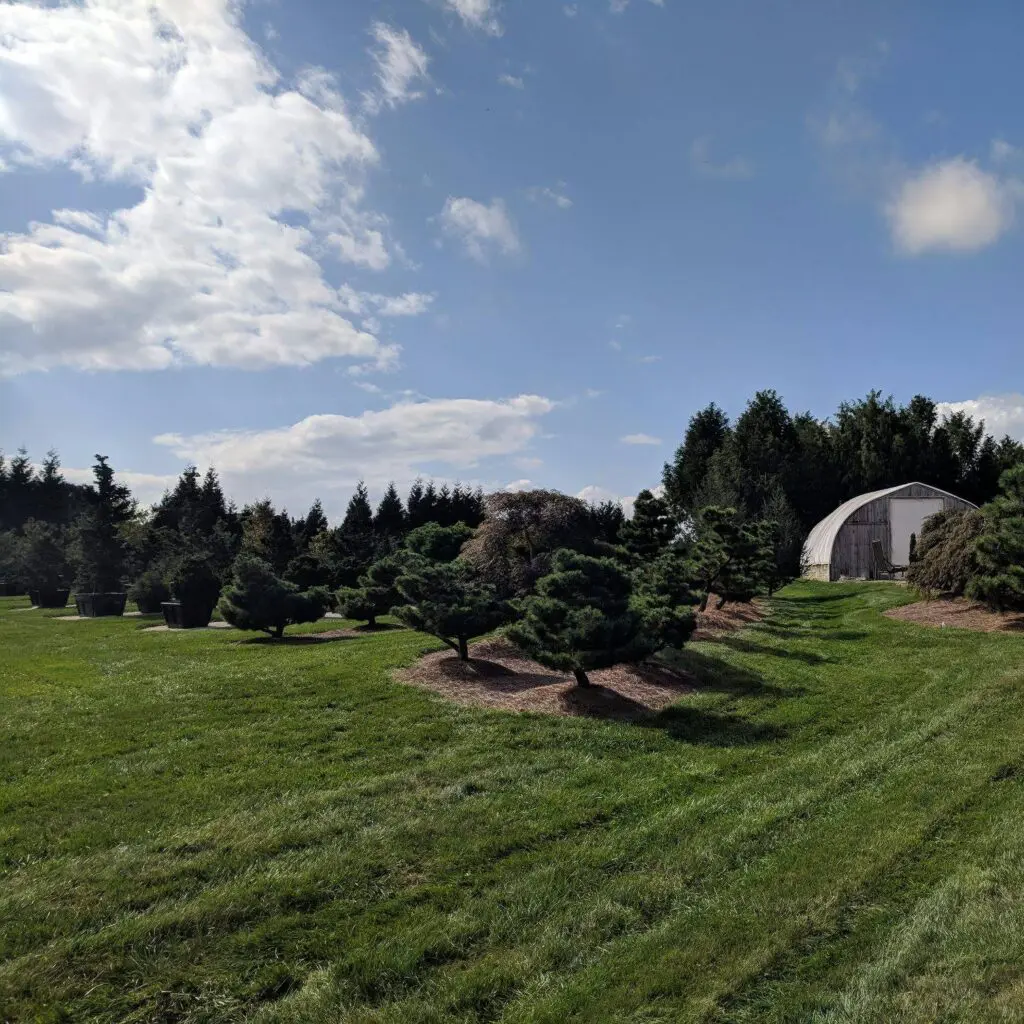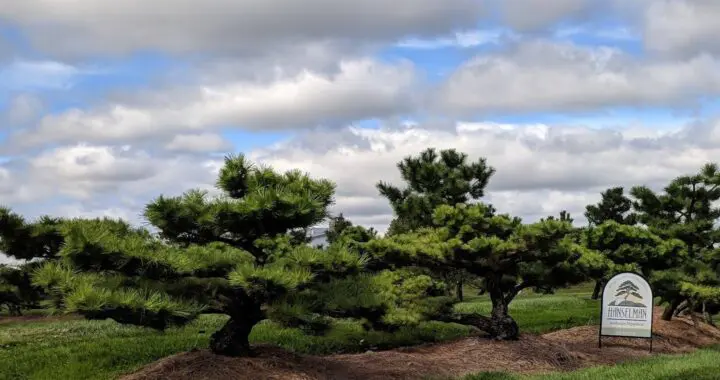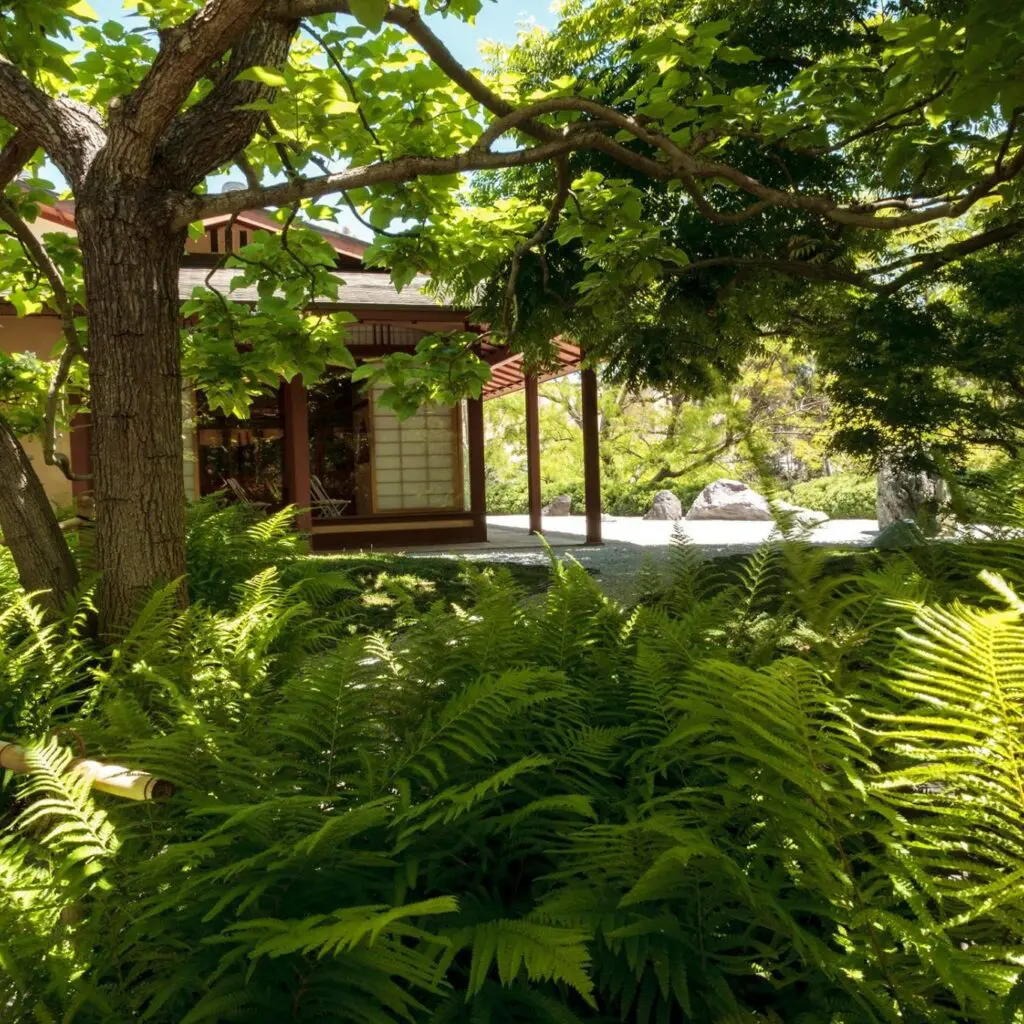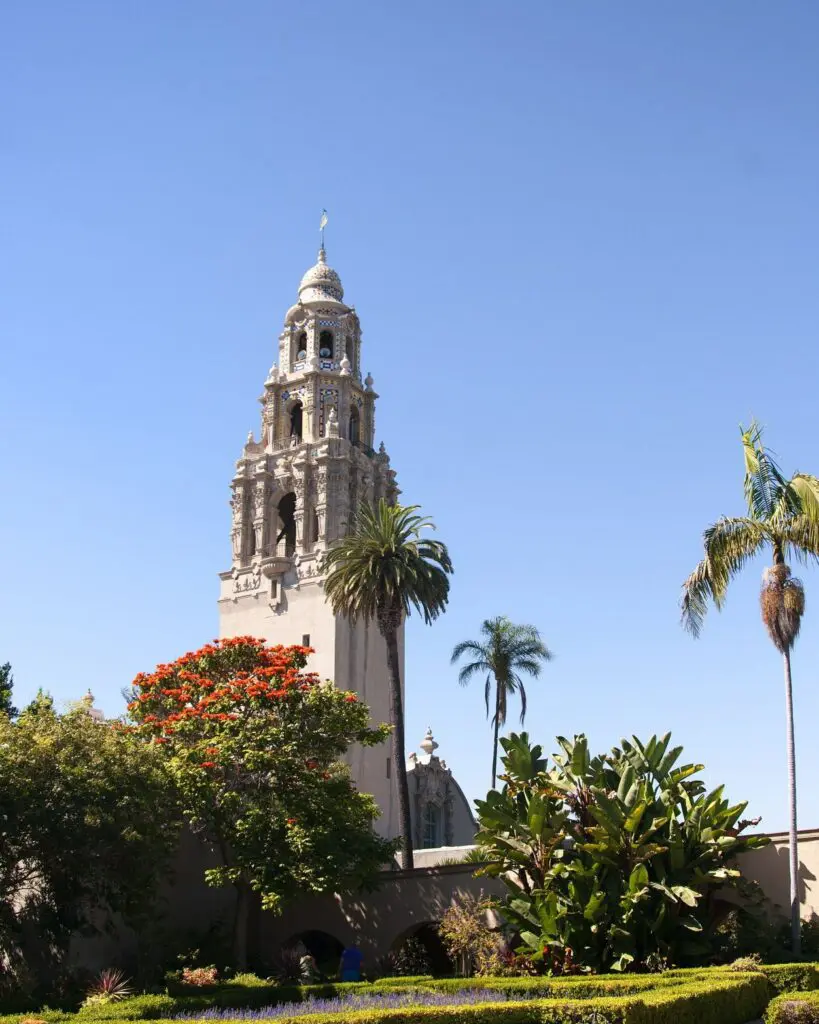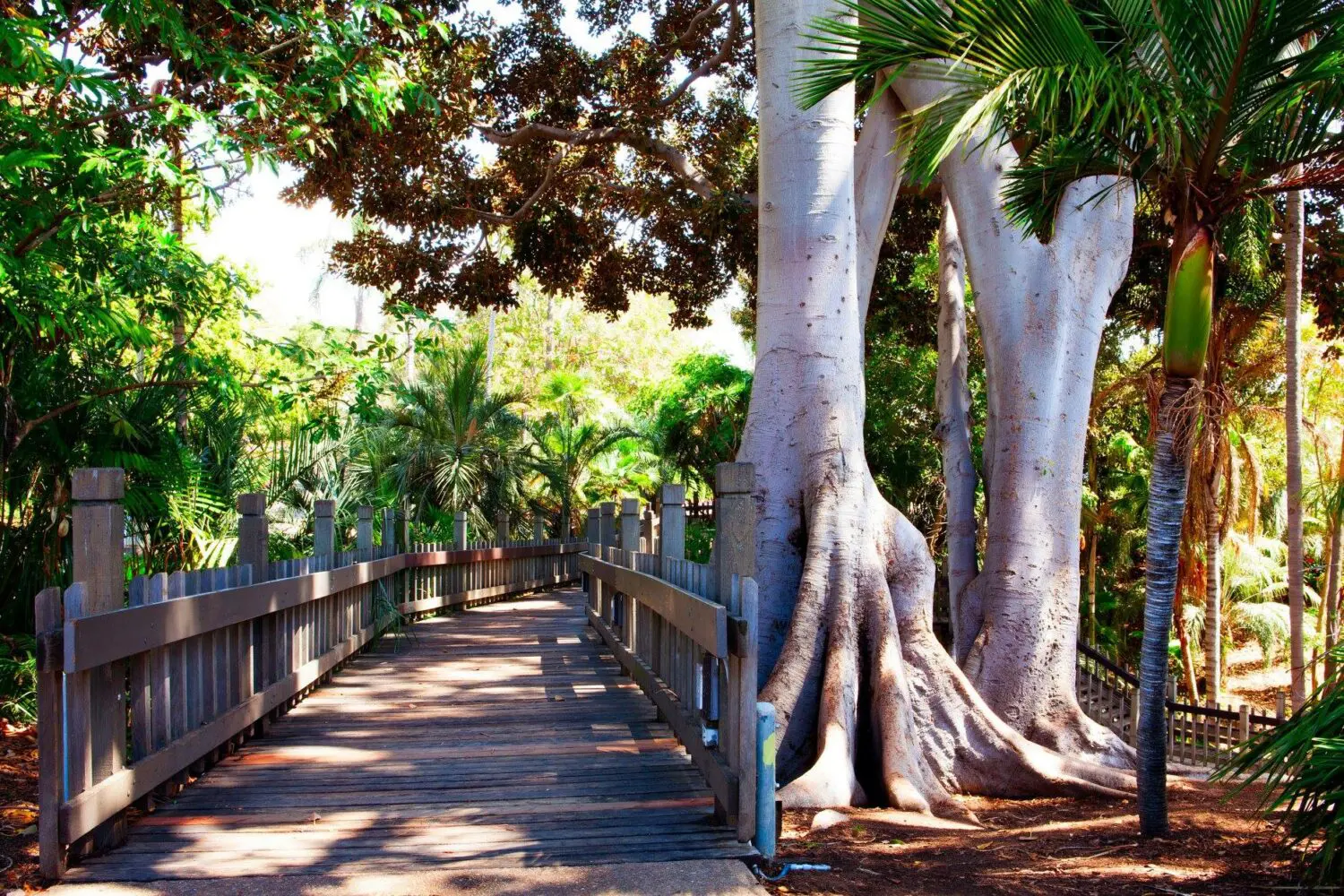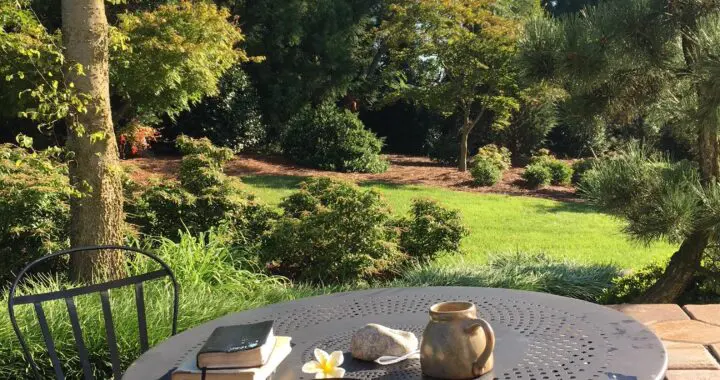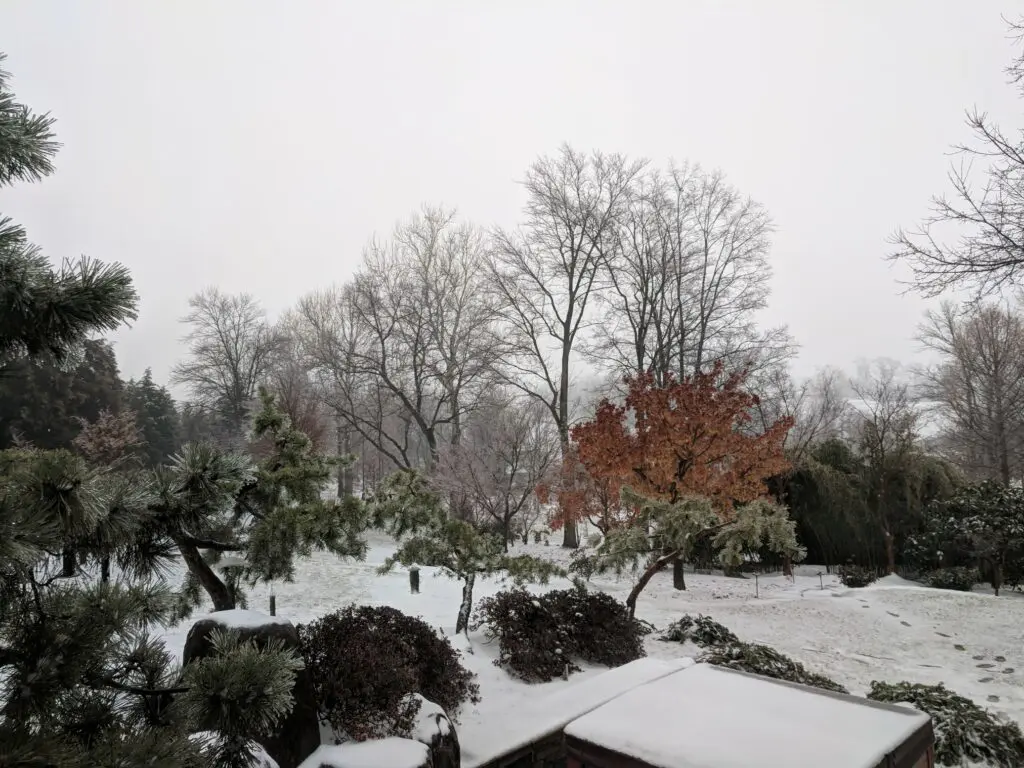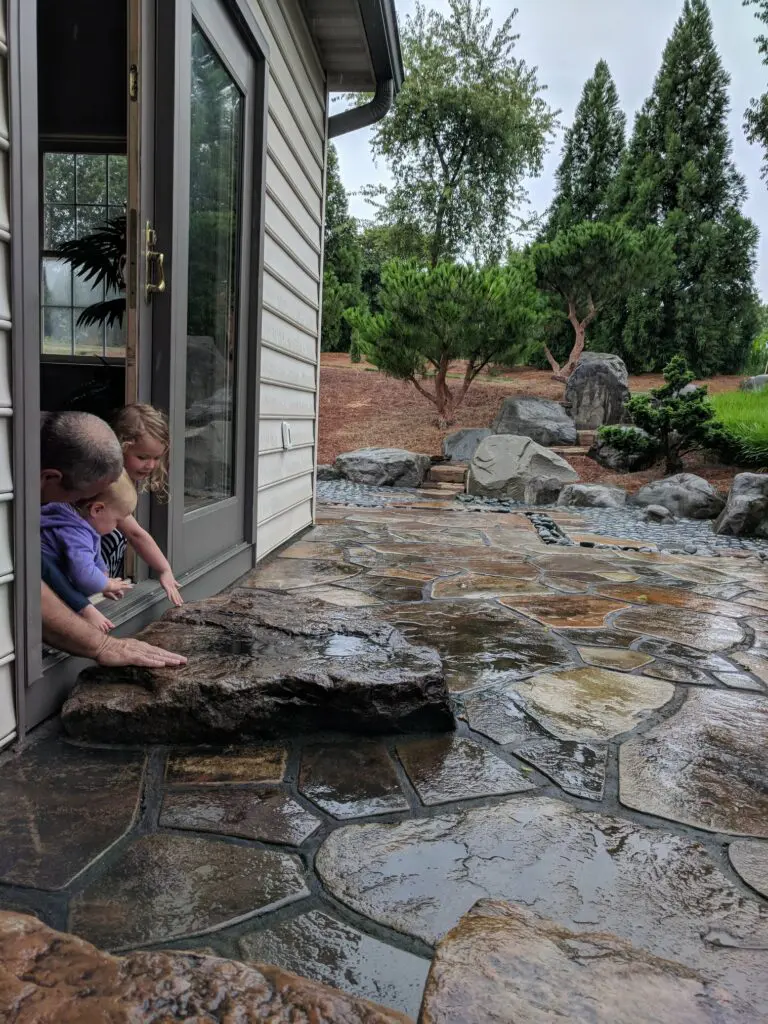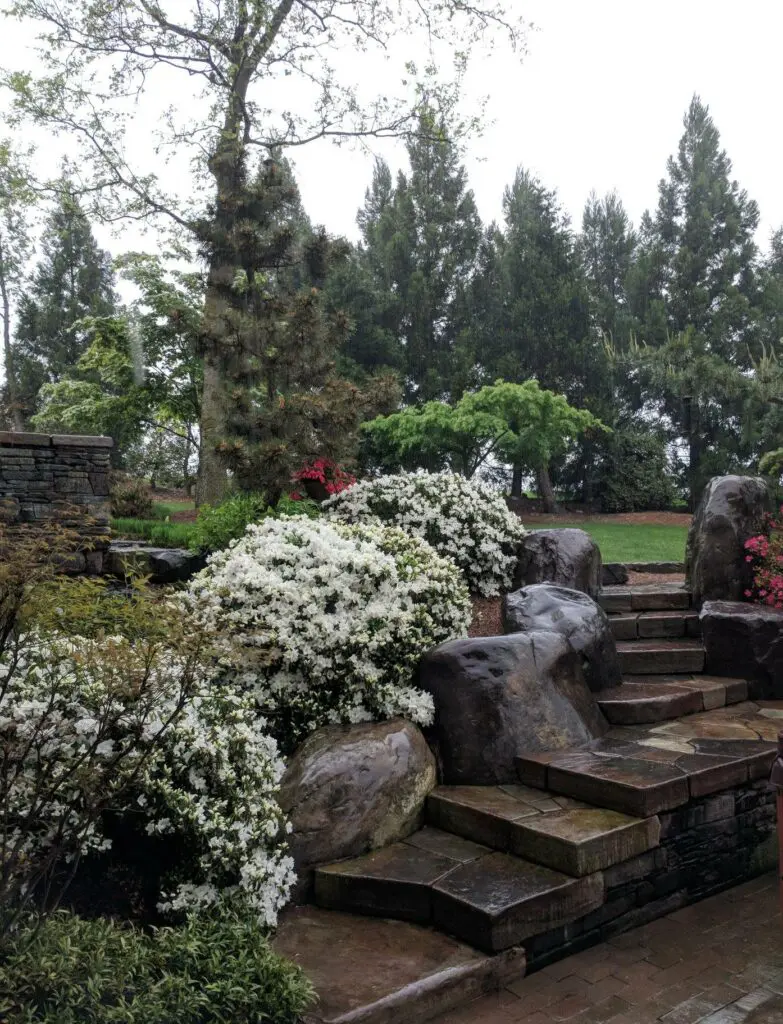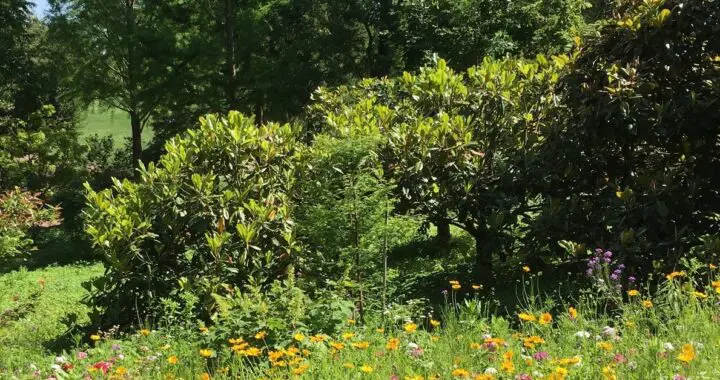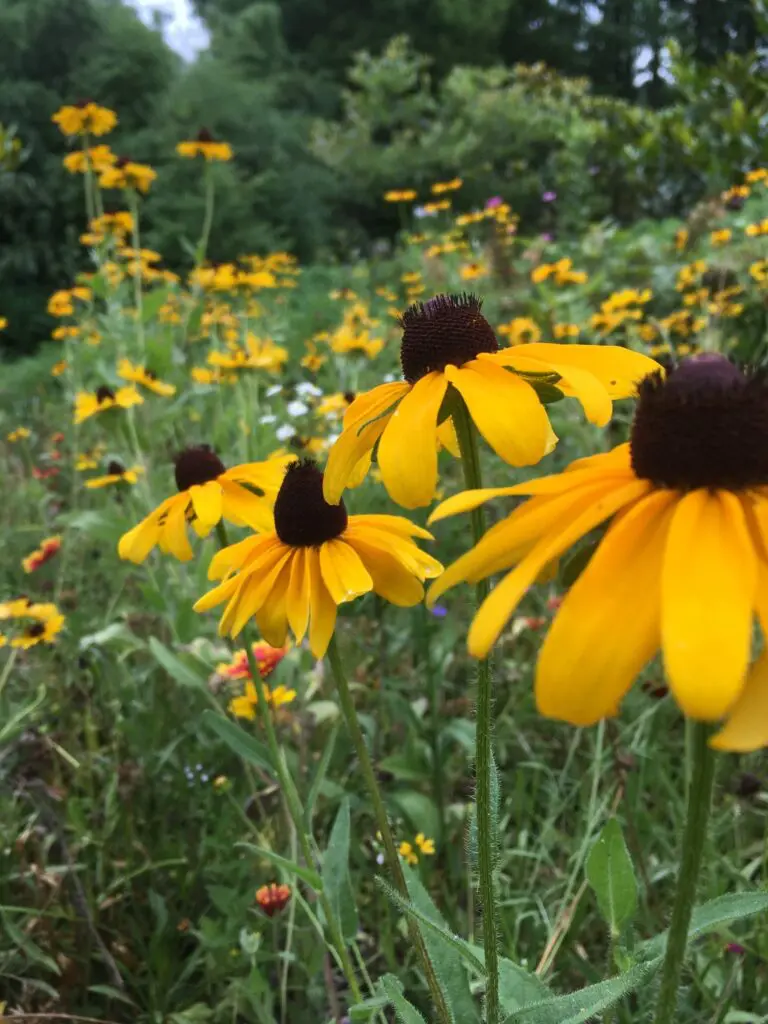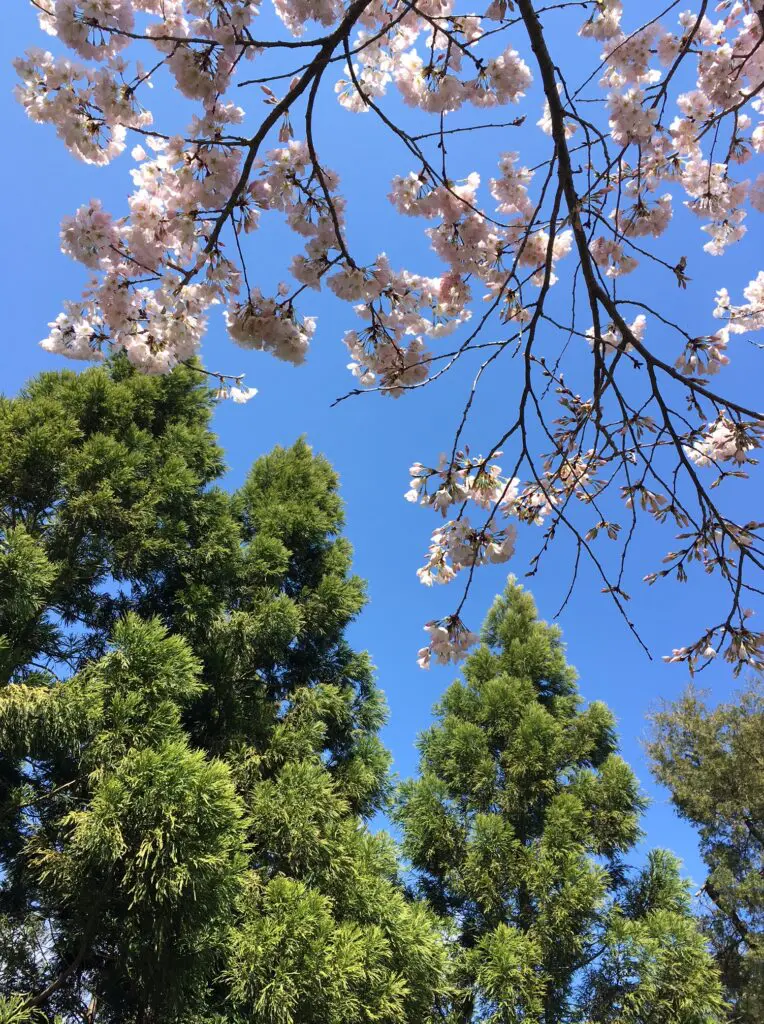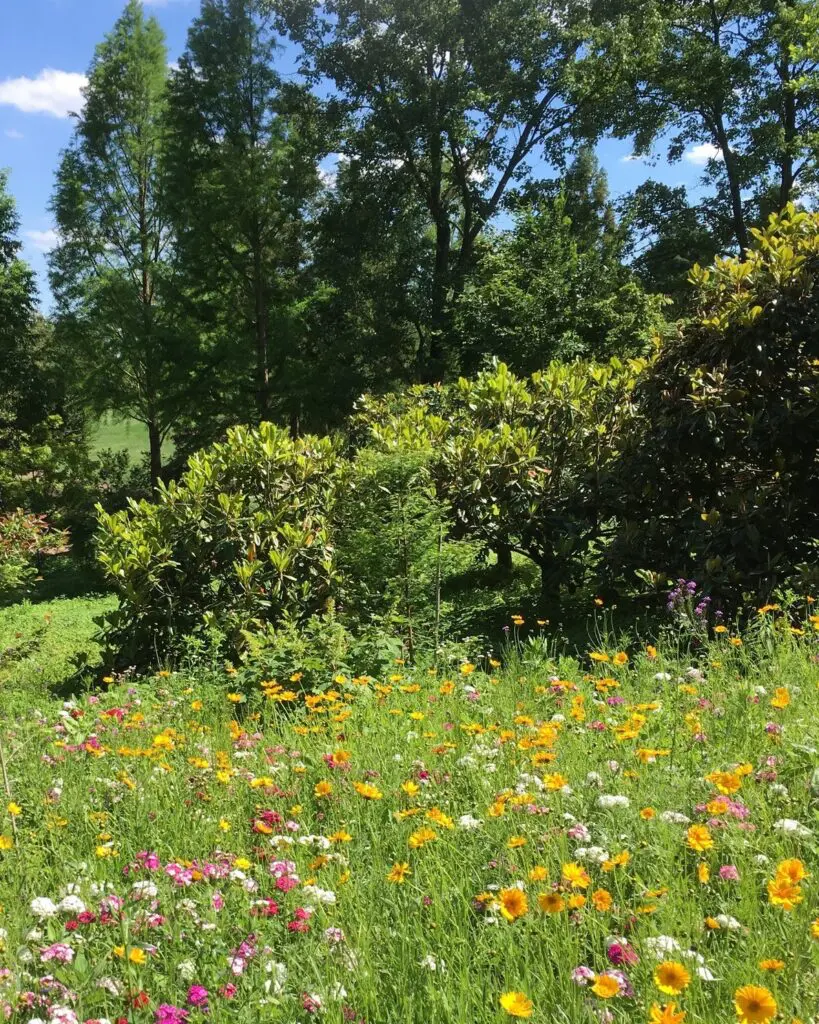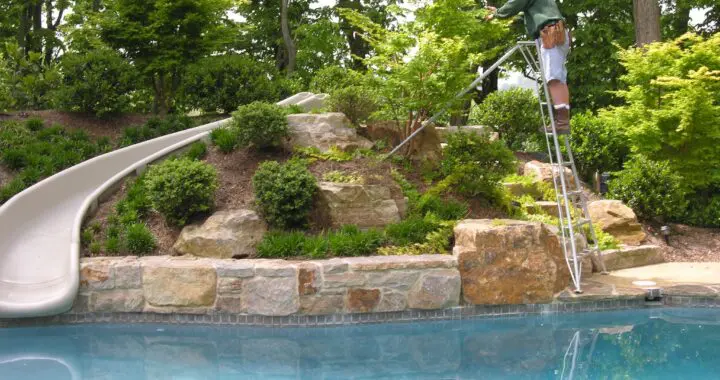The importance of pruning in caring for a garden cannot be underestimated. In fact, no plant in a garden can fulfill its role without proper pruning. As a gardener prunes, the following ideas should be prioritized:
–Pruning is one of the most important facets of plant care and garden development, but it is too often practiced without an awareness of the beauty latent in individual plants or an understanding of their roles in the garden’s composition. This ignorance shows in the hacked, buzz-cut trees and sheared-but-dying shrubs that continue to mar our roadways and neighborhoods.
–In pruning, the first commandment is: “Do no harm”. Since pruned branches can’t be put back, it is better not to prune without first understanding the where, when, and why of pruning.
–The goal of pruning is to bring out the best in each plant. Prune to bring light and air into the plant, while carefully removing dying, diseased, or potentially harmful parts. Before pruning, learn how to encourage the best growth response for the situation. This concept is the secret to long-term plant care.
As you study individual plant appearances, habits, and growth potentials in natural settings and in well-maintained gardens, you will be able to visualize how these plants might look in your own garden, with proper care.
Contributed by James Hanselman
The Gardener (& experienced pruner)
![]() )
)![]() )
)